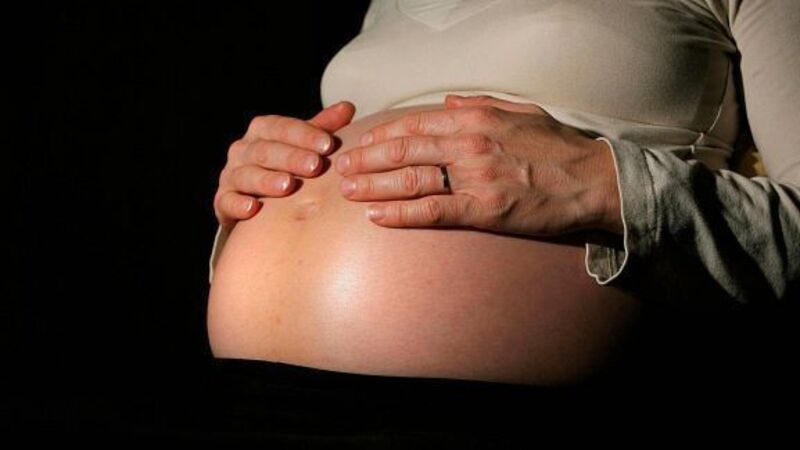Researchers link assisted labour to autism

The link is especially strong for boys, and is comparable with other autism risk factors, such as early birth and having an older mother.
Scientists who studied data on around 625,000 births found the chances of a boy developing the behavioural disorder increased by 35% if his mother underwent two forms of assisted labour.
“Inducing or augmenting labour has been previously suggested as a contributing factor to autism development,” said lead researcher Simon Gregory, from Duke University Medical Centre in the US.
“However, these studies produced conflicting results and consisted of a relatively small number of subjects.
“Our study is by far the largest one of its kind to look at the association between autism and induction or augmentation.”
Induced labour involves stimulating contractions before they start naturally. Augmenting labour increases the strength, duration, or frequency of contractions. In the case of boys, both raised the risk of autism whether used together or individually.
Only augmentation alone was associated with an increased risk among girls.
However, the actual likelihood of a child developing autism after an assisted birth remains very low.
Of the 625,042 children whose births were included in the study, just 1.3% of the boys and 0.4% of the girls went on to be diagnosed with autism.
Just two of the 1,000 autism cases among boys whose mothers experienced induced or augmented labour could have been prevented if their births were unassisted, according to the researchers.
Further work is needed to investigate the reasons for the link, they said. However, they concluded the results, published online in the journal JAMA Pediatrics, do not justify changing clinical practice.
“The findings of this study must be balanced with the fact that there are clear benefits associated with induction and augmentation of labour,” said co-author Chad Grotegut, also from Duke University.
“Labour induction, especially for women with post-date pregnancies or medical conditions such as diabetes and high blood pressure, has remarkably decreased the chance of stillbirth.”
Assisted labour has increasingly been used in recent years to prevent childbirth complications in vulnerable women.
The number of children with autistic spectrum disorders — a range of conditions that affect a person’s ability to socialise and communicate — is also said to be rising.
Around 1% of the general population is autistic.
For the research, the Duke University team matched information about births in North Carolina over an eight-year period with school records showing diagnoses of autism.
The researchers found that women who underwent assisted births were more likely to have autistic children than those who did not, after taking account of other risk factors such as the mother’s health and socio-economic status.
Why assisted labour increases the chances of a child developing autism is still unknown, but the scientists stressed that the link may not be causal.
Exposure to the hormone oxytocin, which is administered to 50% to 70% of women undergoing induced labour, may be one explanation.
Oxytocin signalling influences brain function and social behaviour, and has been linked to autism.












